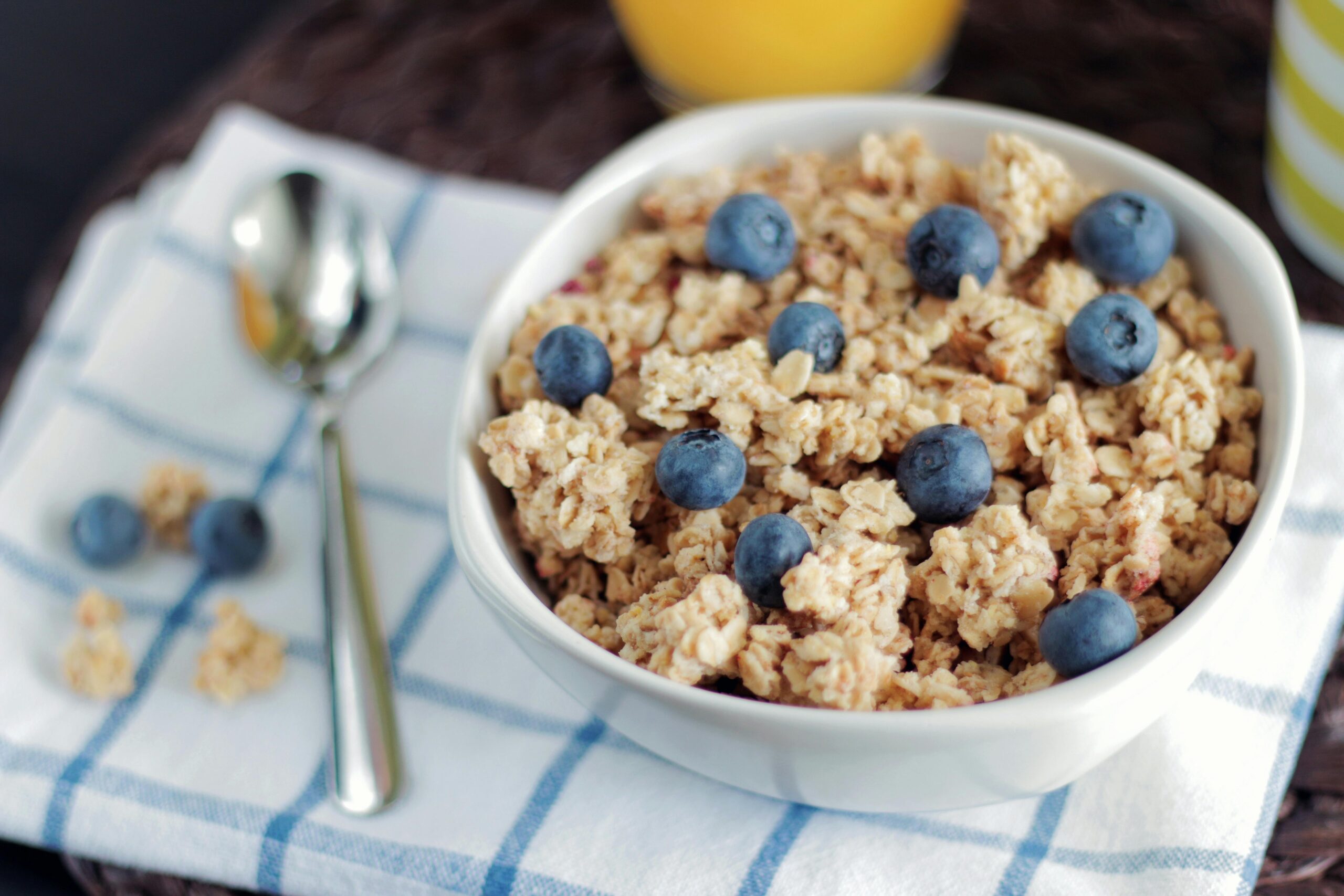Are you puzzled why some healthy foods leave you feeling bloated while your friend enjoys the same meal without a hitch? For years, the common belief has been that our unique gut bacteria are primarily shaped by what we eat. But a groundbreaking new study flips that idea on its head, revealing that how fast food moves through your body and the acid levels it encounters along the way might be far more influential than your diet alone.
This research, published in the prestigious journal Nature Microbiology, indicates that your gut’s internal environment—its physical conditions like transit time and pH—plays an unexpectedly dominant role in shaping your gut microbiome. This means the individual variations in your gut bacteria and how your body processes food are significantly influenced by your gut’s “climate,” not just your food choices. This discovery could revolutionize personalized dietary advice, moving beyond generic recommendations to strategies tailored to your unique biology.
Inside Your Digestive Track: The Study Explained
To unravel the complexities of the human gut, researchers from the University of Copenhagen in Denmark conducted an ambitious nine-day study. They recruited 61 healthy adults, with an average age of 39, who continued their normal diets and lifestyles.
A key tool in their investigation was the “SmartPill,” a wireless capsule swallowed by 50 participants. This tiny device, about the size of a thumb’s outer joint, wirelessly sent back data on pH (acidity levels), temperature, and pressure as it traveled through the digestive system. This allowed scientists to precisely measure “transit time”—how long food takes to move through different sections, including the stomach, small intestine, large intestine, and the entire digestive system.
Beyond the SmartPills, participants also provided daily details on their diets, bowel habits, and samples of urine and stool. These samples were then analyzed using advanced techniques to understand the makeup of their gut microbiome (the community of microorganisms living in the gut) and the various chemical compounds, or “metabolites,” produced by both our bodies and our gut microbes.
More Than Just What You Eat: Gut Speed and pH Reign
The results were remarkable. While it’s true that each person’s gut microbiome is distinctive, the study found that over half of these individual differences are explained by the physical conditions inside the gut, specifically transit time and pH, rather than daily dietary intake.
Consider your gut as a dynamic internal landscape. The “transit time” dictates how quickly everything flows through it. If this flow is too fast or too slow, it can significantly alter the delicate balance of microorganisms living there. The study revealed a wide range of transit times among healthy people; for instance, the journey through the entire digestive system could vary from just over 12 hours to more than three days. Similarly, “pH,” or acidity levels, varied considerably. Just as different plants thrive in specific soil pH, various gut bacteria prefer particular pH environments.
The influence of these factors was particularly compelling. Day-to-day changes in stool moisture and the pH of your stool were directly linked to daily shifts in your gut microbiome. Even small environmental changes were associated with how your body and gut microbes process nutrients. This points to a constant adaptation of your gut bacteria to their immediate surroundings.
Crucially, the study determined that daily dietary intake did not account for the fluctuations observed in an individual’s gut microbiome or metabolism from one day to the next. This finding challenges the widely held belief that every meal instantly and dramatically alters your microbial community. Instead, it suggests the underlying “climate” of your gut—its speed and acidity—are more consistent drivers of your unique microbial profile.
The Path to Personalized Gut Health
The research also uncovered intriguing differences between sexes: women, on average, experienced a significantly longer transit time through their large intestine compared to men. This highlights another layer of individual variation that could influence gut health.
Furthermore, the study looked at metabolites, the chemical compounds produced by our gut bacteria as they break down food. They observed that beneficial compounds resulting from carbohydrate fermentation, like “short-chain fatty acids” (SCFAs), were more prevalent with faster gut transit and lower pH levels. Conversely, compounds from protein breakdown, some of which are linked to less favorable health outcomes, were more common with longer gut transit times. This indicates that a slower passage might foster an environment where these less desirable metabolic processes are more active.
This research reinforces a powerful idea: our gut environments are highly personal and dynamic. While some daily fluctuations occur, the fundamental conditions within each individual’s gut remain largely consistent and profoundly shape their microbial inhabitants. To truly grasp why people react differently to the same foods or are prone to specific gut issues, it’s essential to look beyond just diet and consider the critical, often overlooked, role of gut physiology—how quickly food moves through you and the chemical environment it encounters along the way. This understanding sets the stage for a future where personalized nutrition considers the unique inner workings of your digestive system.
Paper Summary
Methodology
This nine-day observational study involved 61 healthy adults (43 women, 18 men, aged 20-66). Researchers used wireless motility capsules (SmartPills) in 50 participants to measure whole-gut and segmental intestinal transit time and pH. Daily dietary records, bowel habit data, urine and fecal samples were collected. Multi-omics techniques, including metabolomics and 16S rRNA gene sequencing, profiled the gut microbiome and metabolites.
Results
The study found that over 50% of inter-individual variations in gut microbiome and metabolism were explained by whole-gut and segmental transit times and pH. Intra-individual daily fluctuations were associated with changes in stool moisture and fecal pH. Dietary components did not explain these daily intra-individual fluctuations. Women had significantly longer colonic transit time compared to men. Beneficial microbial carbohydrate fermentation products correlated negatively with gut passage time and pH, while proteolytic metabolites correlated positively with longer transit time.
Limitations
Key limitations include the use of a non-validated sweet-corn test for whole-gut transit time and a standardized breakfast before SmartPill measurement that might influence gut motility. The study group was homogeneous (healthy volunteers), potentially limiting generalizability.
Funding and Disclosures
The study was part of the Challenge project PRIMA and led by Nicola Procházková at the University of Copenhagen. It received support from the Novo Nordisk Foundation. The research protocol was approved by the Municipal Ethical Committee of the Capital Region of Denmark (H-20074067) and registered at ClinicalTrials.gov (ID NCT04804319).
Publication Information
Title: Gut physiology and environment explain variations in human gut microbiome composition and metabolism Authors: Nicola Procházková et al. Journal: Nature Microbiology Volume: 9 Pages: 3210–3225 Published online: 27 November 2024 DOI: https://doi.org/10.1038/s41564-024-01856-x












